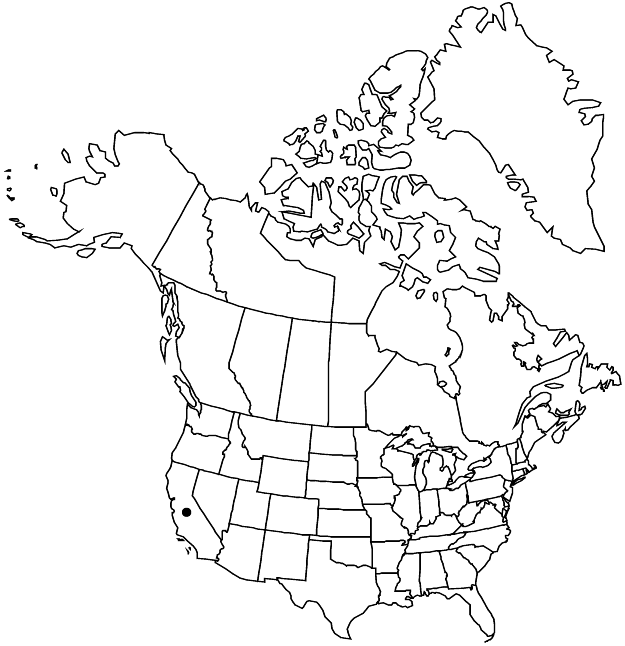Eriogonum parvifolium
in A. Rees, Cycl. 13(2): Eriogonum no. 2. 1809.
Shrubs, matted to spreading or rounded, 3–10 × 5–20 (–25) dm, thinly tomentose or glabrous, greenish. Stems spreading, sometimes matted, often with persistent leaf-bases, up to 1/2 or more height of plant; caudex stems absent or matted; aerial flowering-stems prostrate, spreading, or erect, slender, solid, not fistulose, 0.2–1 dm, thinly tomentose or glabrous. Leaves cauline, fasciculate, infrequently 1 per node; petiole 0.1–0.7 cm, floccose; blade lanceolate to round, 0.5–3 × 0.3–0.8 (–1.2) cm, lanate to tomentose abaxially, mostly glabrous and olive green to green adaxially. Inflorescences capitate to cymose, 20–30 × 2–10 cm; branches dichotomous, thinly tomentose or glabrous; bracts 3, scalelike, triangular, and 1–2 mm, or leaflike, usually elliptic, and 5–20 × 2–10 mm. Peduncles absent. Involucres 2–7 per cluster, turbinate-campanulate, (2.5–) 3–4 × 2–3.5 mm, floccose to glabrate; teeth 5, erect, 0.5–0.9 mm. Flowers 2.5–3 mm; perianth white to pinkish or greenish yellow, glabrous; tepals connate proximally, monomorphic, obovate; stamens exserted, 2.5–3.5 mm; filaments pilose proximally. Achenes brown, 2.5–3 mm, glabrous. 2n = 40.
Phenology: Flowering year-round.
Habitat: Sandy beaches, dunes, and bluffs or sandy to gravelly inland slopes and flats, coastal grassland and chaparral communities, oak and pine woodlands
Elevation: 0-300 m
Discussion
The native range of Eriogonum parvifolium is restricted to coastal and near-coastal areas (Los Angeles, Monterey, Orange, San Diego, San Luis Obispo, Santa Barbara, and Ventura counties). The coastal expression (var. parvifolium) has thickened leaf blades (0.5–1.5 × 0.3–0.8 cm) and simple or dichotomous inflorescences of compact clusters of involucres containing white to rose flowers. Highly compact and dense mat-forming plants on rocky bluffs immediately next to the ocean were named var. crassifolium; those with yellow flowers were named var. lucidum. The inland form with thin leaf blades (1.5–3 × 0.3–0.8 cm) and highly-branched, cymose, white-flowered inflorescences is perhaps worthy of continued recognition as var. paynei, although there is no sharp distinction between the extremes. Several expressions of the seacliff wild buckwheat are in cultivation, and unfortunately the California Department of Transportation is using the species in roadside plantings, with the result that it is now established in Santa Clara County. Every effort should be made to halt its introduction beyond its native range.
The species is the food plant for two federally endangered butterflies, the El Segundo dotted-blue (Euphilotes battoides allyni), near Los Angeles, and Smith’s dotted-blue (Euphilotes enoptes smithi), near Monterey.
Selected References
None.
Lower Taxa
"dm" is not declared as a valid unit of measurement for this property."dm" is not declared as a valid unit of measurement for this property."dm" is not declared as a valid unit of measurement for this property.
